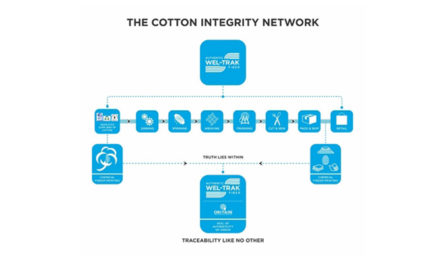India, Southeast Asia and China are likely to grow at a slower pace in the next five years than earlier projected due to uncertainty over trade disputes, geopolitics and climate crisis, according to the Organisation for Economic Cooperation and Development (OECD), which presented its economic outlook at the Association of Southeast Asian Nations (ASEAN) Summit in Bangkok.
The outlook predicts a regional gross domestic product (GDP) growth of 5.7 per cent over 2020-24, down from 6.7 per cent in 2013-17, according to a report. “Growth in the region is expected to remain buoyant in the medium term, although less impressive than in previous years,” the biannual report said.
India”s expected growth over the next five years is put at 6.6 per cent, compared to 7.4 per cent in 2013-17, while the OECD said that ‘the banking sector regains its footing’. For Southeast Asia, it forecast a growth of 4.9 per cent over 2020-24, slightly down from 5 per cent over 2013-17.
Meanwhile, China’s expected growth over 2020-24 shows a wider gap at 5.6 per cent, down from 7.1 per cent in 2013-17. Investment in the country has slowed while consumption has not picked up ‘in a lack of structural reforms to reduce precautionary savings’, the outlook said.
The OECD highlights that the 12 countries in the region have offset lacklustre export earnings with lower spending on imports, and have contained the volatility in financial flows, exchange rates and equity prices.
Although the region’s exports were affected by broadening economic weakness in advanced economies, ‘compounded by the US-China trade tensions’ and Brexit uncertainties, its growth is anchored by the resilience of private consumption, it added.











